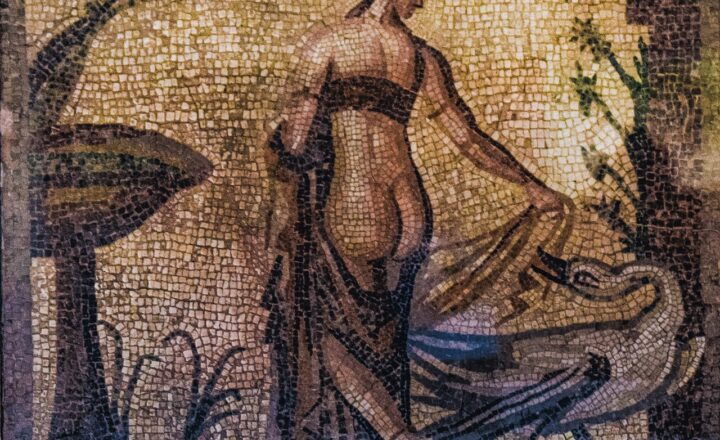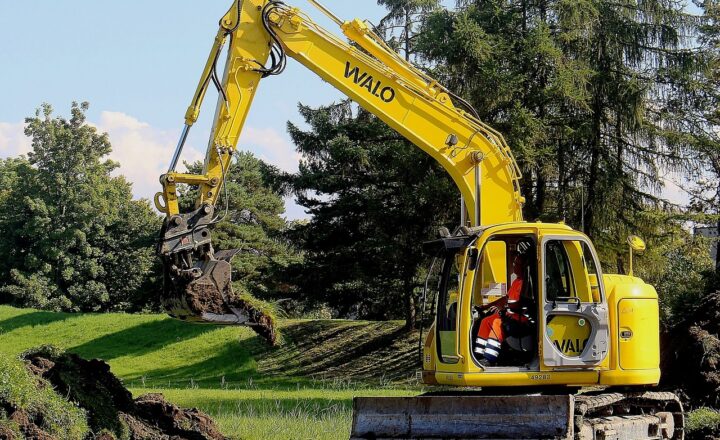The Role of DNA in Reconstructing Ancient Human History and Migration Patterns
November 15, 2024

Understanding our ancient past has long fascinated scientists, historians, and anthropologists alike. As technologies advance, particularly in genetics, the ability to decode and analyze DNA has revolutionized our comprehension of human history and migration patterns. From the remains of ancient skeletons found in archaeological digs to contemporary genetic databases, DNA analysis offers insights that were once thought to be lost to time.
1. The Basics of DNA and Human Genetic Variation
To fully appreciate the role of DNA in reconstructing our ancestral story, it’s important to understand a few basics:
– **DNA Structure:** DNA (deoxyribonucleic acid) consists of sequences of nucleotides, which are comprised of adenine (A), thymine (T), cytosine (C), and guanine (G). These sequences provide the genetic blueprint for all living organisms.
– **Genetic Variation:** Genetic variation refers to differences in DNA sequences among individuals. This variation is crucial for studying ancestry, as it can reveal the history of human migrations.
DNA analysis focuses primarily on two areas:
1. **Nuclear DNA** – Inherited from both parents, it contains most of our genetic information.
2. **Mitochondrial DNA (mtDNA)** – Inherited exclusively from the mother, this type of DNA is useful for tracing maternal lineage and ancestry over generations.
2. The Power of Ancient DNA Analysis
The ability to analyze ancient DNA (aDNA) has transformed how researchers study human history. Extracting DNA from archaeological remains enables scientists to:
– **Identify Species:** By examining the DNA of ancient fossils, researchers can determine both the species and sub-species (such as ancient humans, Neanderthals, and Denisovans) that existed at a given time.
– **Trace Lineage and Migration:** DNA can reveal historical migration patterns, showing how populations have moved and settled over millennia.
– **Connect Cultural Artifacts with Populations:** Mitochondrial DNA can connect ancient artifacts to specific populations and help explain their cultural significance.
For instance, recent studies on ancient aDNA from the Siberian region have underscored the complex lineage of the indigenous Siberians, which included contributions from both ancient humans and Neanderthals, forming a unique genetic identity still present today.
3. Key Discoveries and Case Studies
Several groundbreaking discoveries exemplify the power of DNA in tracing human history:
– **The Peopling of the Americas:** By analyzing aDNA from skeletal remains found throughout North and South America, researchers have identified multiple waves of migration from Asia via the Bering Land Bridge. This suggests a more complex history than the previously held belief of a singular migration.
– **Neanderthal Interbreeding:** Evidence found in the genomes of modern non-African populations reveals that interbreeding occurred between ancient humans and Neanderthals. Genetic studies have traced these interbreeding events, contributing to modern human traits inherited from these ancient relatives.
– **The Origins of Agriculture:** DNA studies of ancient grains and livestock have pinpointed the geographic regions where agriculture first arose. This allows researchers to understand how farming practices spread to different areas and how they influenced population movements.
These case studies underscore the rich narrative that DNA can unveil regarding our ancient ancestors and their adaptations to changing environments.
4. The Role of Genetic Databases
Modern genetic databases play a crucial role in contemporary research. These databases compile genetic information from modern populations worldwide, creating a reference framework to compare ancient DNA. This comparative analysis facilitates:
– **Phylogenetic Studies:** Understanding the relationship between ancient and modern populations to uncover migration and adaptation.
– **Admixture Analysis:** Evaluating how different populations have intermixed over generations.
– **Population Genomics:** Investigating the genetic makeup of populations to understand historical changes.
The combination of aDNA and databases creates an extensive repository of data that significantly enriches our grasp of human history and interconnectivity.
5. Ethical Considerations in DNA Research
Despite the successes in ancient DNA research, ethical considerations are paramount. The extraction and analysis of ancient remains access important cultural and historical narratives. Ethical issues include:
– **Cultural Sensitivity:** Ancient remains often have cultural significance for Indigenous peoples; addressing their perspectives and rights is essential in research discussions.
– **Consent and Ownership:** Determining who has the right to access and analyze ancient DNA, as well as how findings are disseminated, is crucial to maintaining respectful practices.
– **Data Privacy:** Ensuring that modern genetic data is used transparently and ethically is key to preserving individuals’ rights over their genetic information.
Researchers must carefully navigate these ethical dilemmas to maintain integrity in their studies.
6. The Future of DNA in Human History…
The journey of using DNA to reconstruct ancient human history is far from over. Advances in sequencing technologies and bioinformatics promise even greater insights into our past. Future areas of development include:
– **Improved Techniques for aDNA Recovery:** Enhanced methods for extracting and analyzing degraded ancient DNA could unlock secrets from older archaeological sites.
– **Integration with Archaeology:** Greater collaboration between geneticists and archaeologists will provide a more holistic view of our past.
– **Exploration of Epigenetics:** Environmental factors influencing gene expression can further shed light on how early humans adapted to their environments.
As we venture further into this genealogical puzzle, DNA will undoubtedly continue to provide critical pieces in understanding who we are and where we come from.
Conclusion
DNA analysis serves as a powerful tool in reconstructing ancient human history and migration patterns. The insights gained from ancient DNA have transformed our understanding of human evolution, cultural transitions, and the complex narratives of our ancestors. Both scientific advancements and ethical considerations must guide us as we further explore the past. What once seemed irretrievable can now be illuminated through the study of our genetic heritage, connecting us to a shared history that spans the globe.
The journey into the past continues as we learn more about how DNA shapes our understanding of human history.







